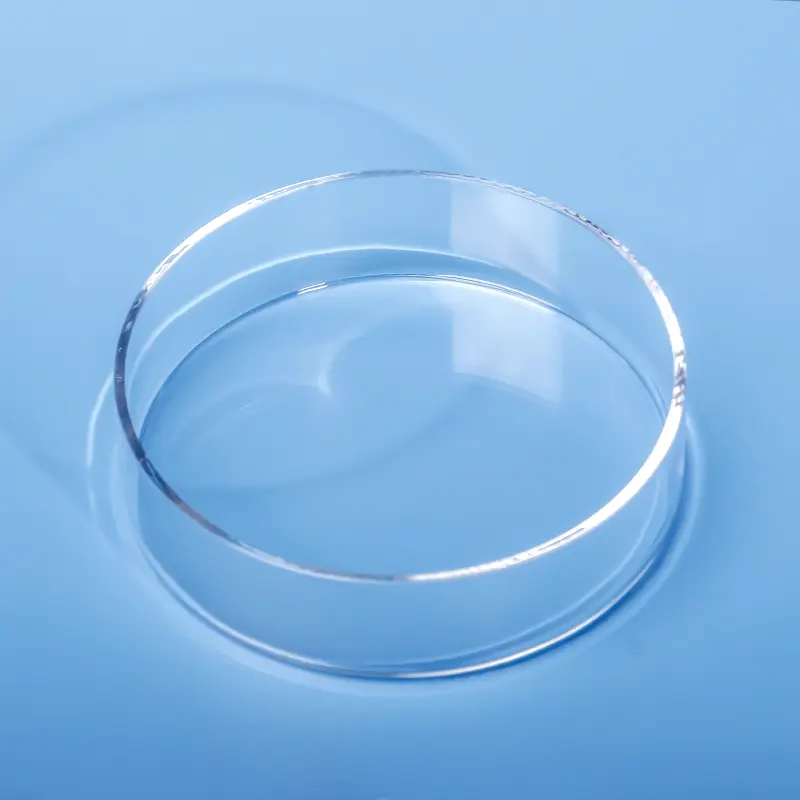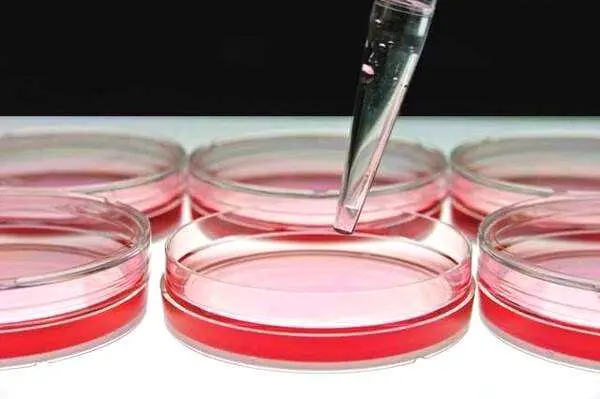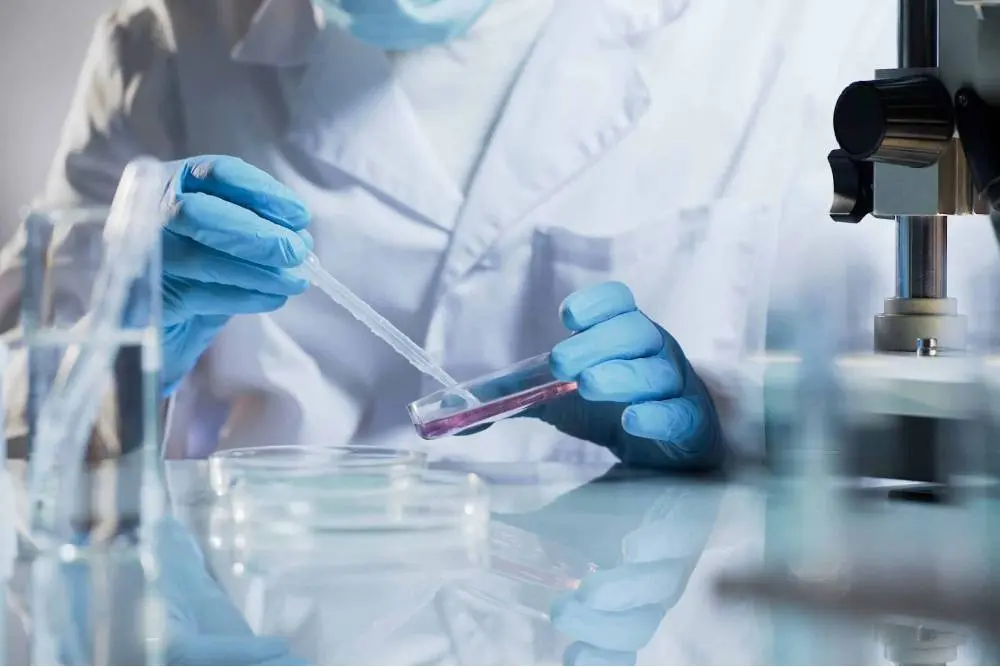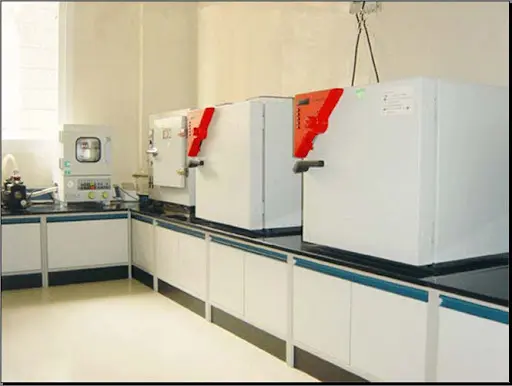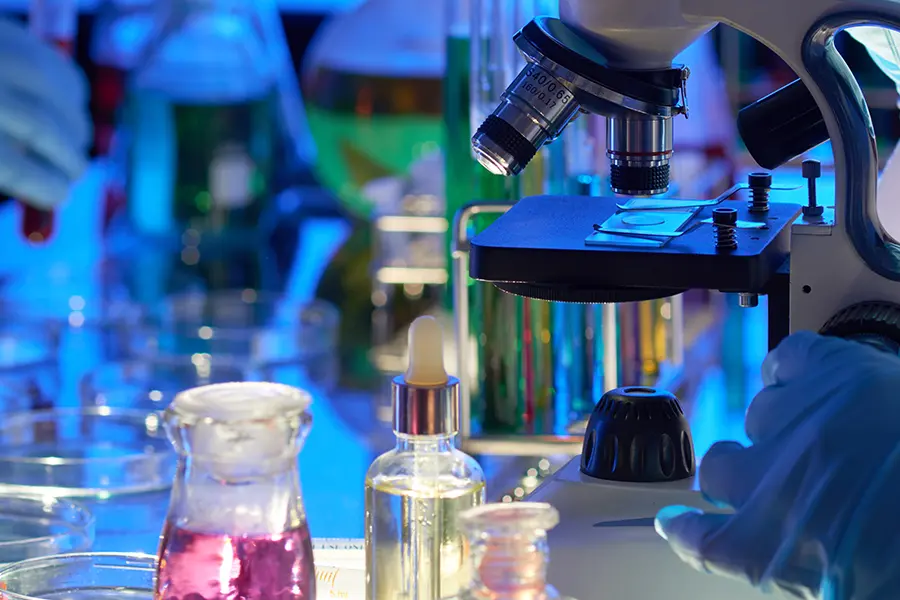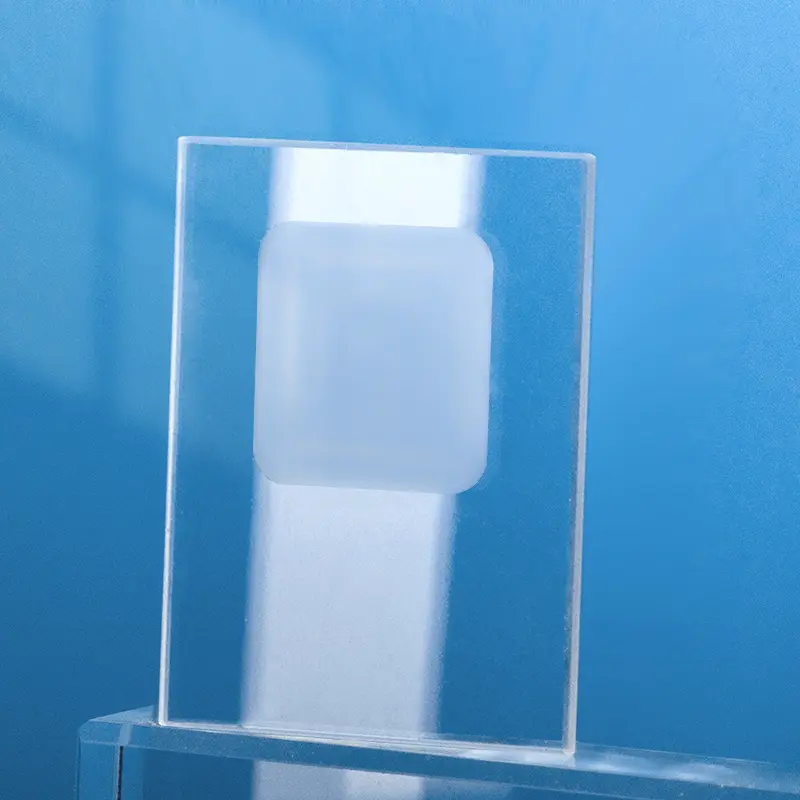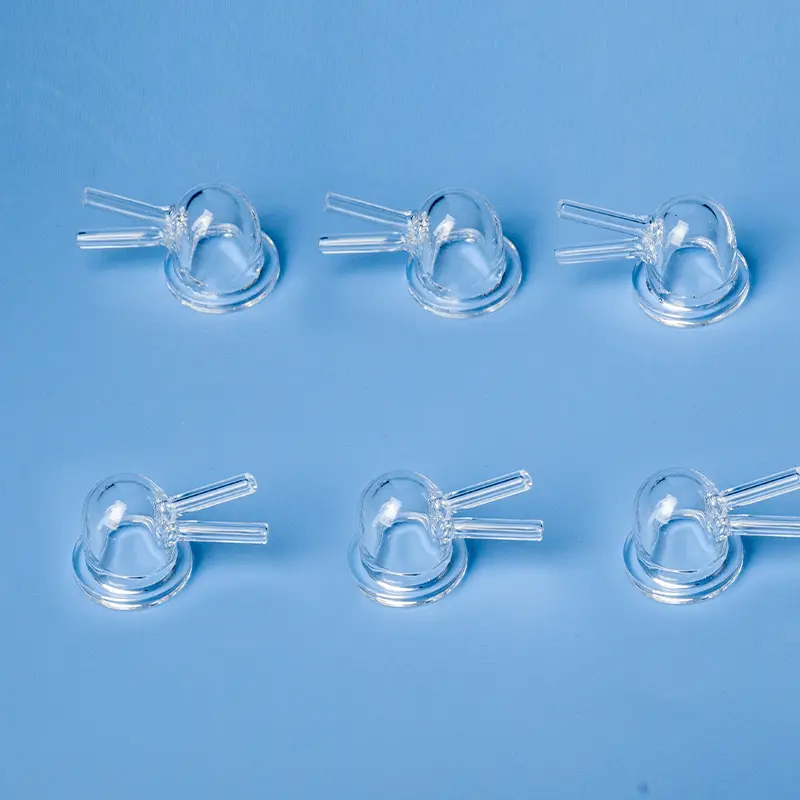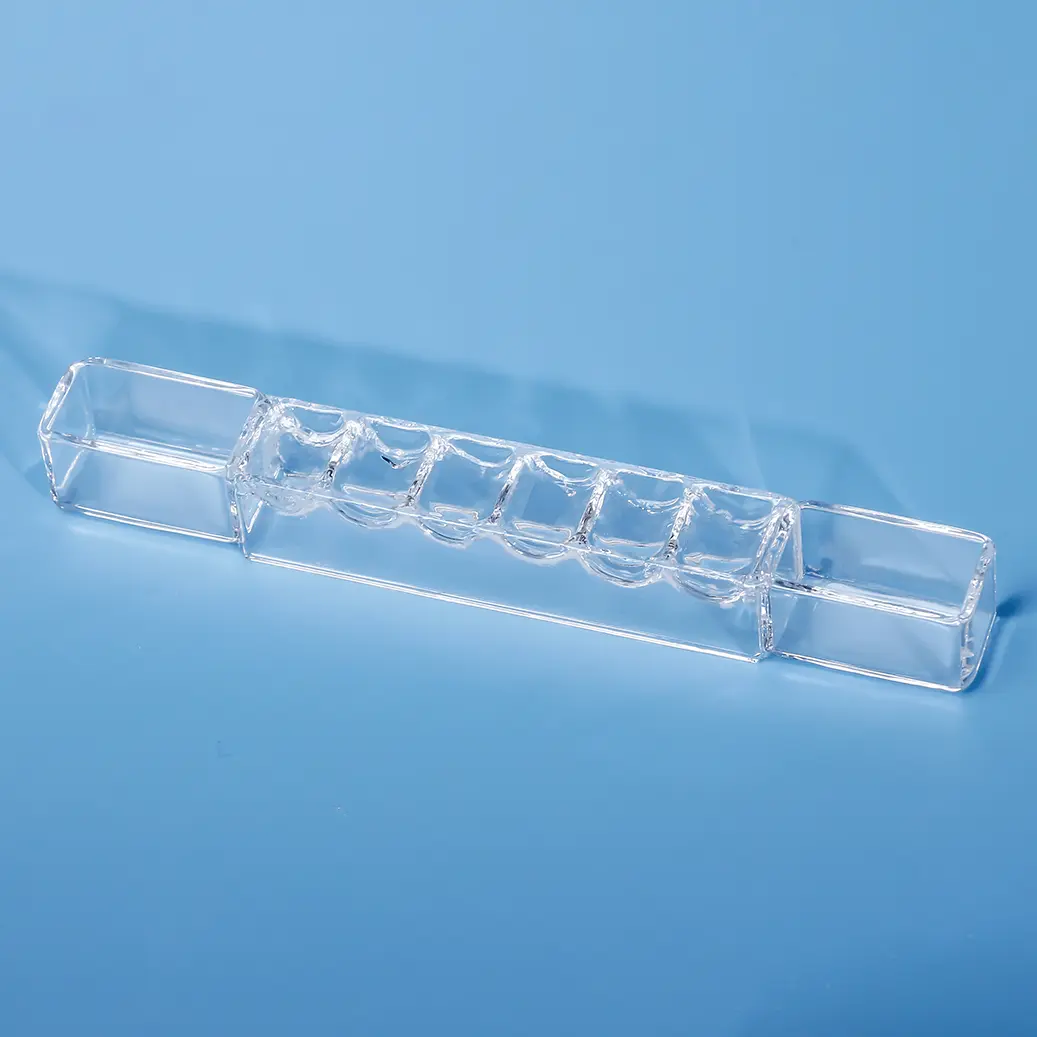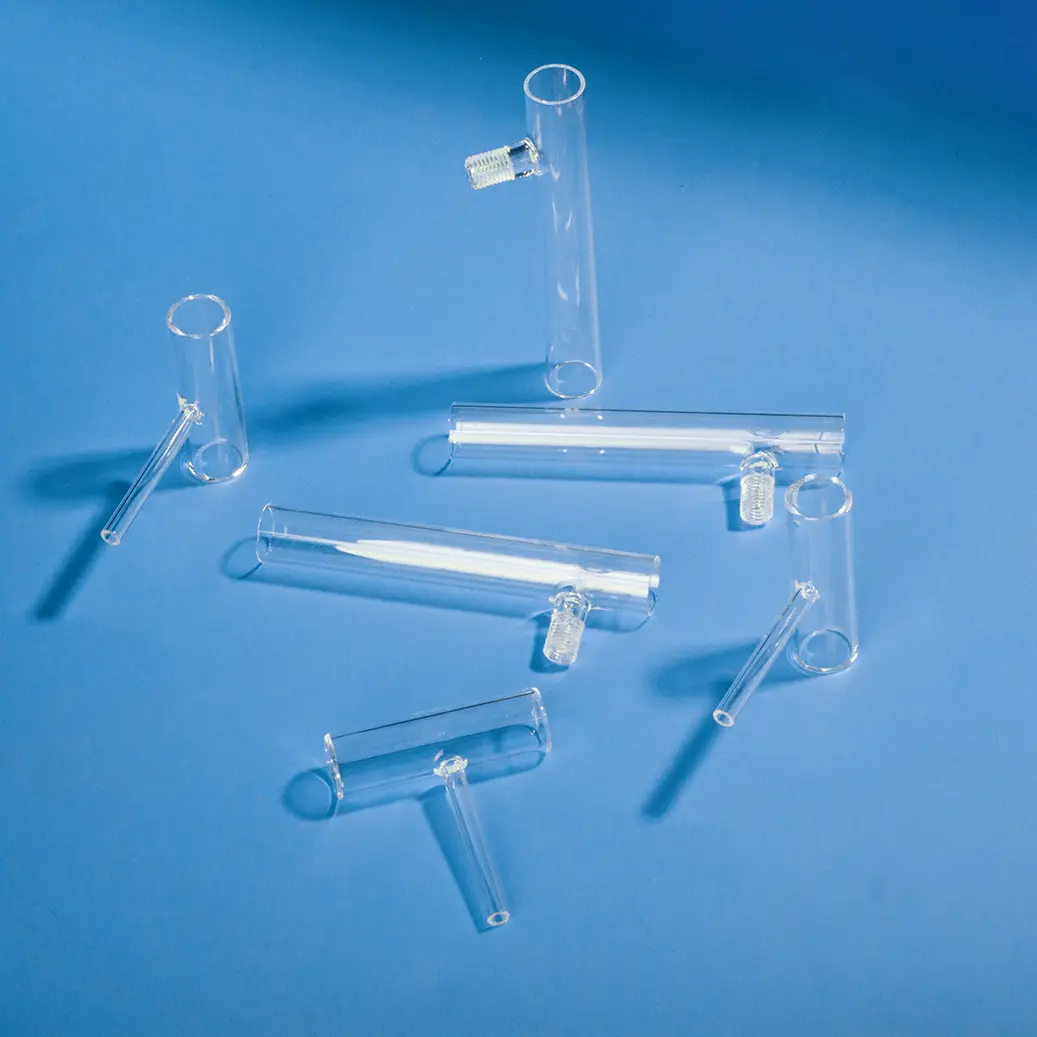Quartz petri dishes are laboratory dishes made from high-purity quartz glass, characterized by high temperature resistance, corrosion resistance, and high light transmittance. They are widely used in cell culture, microbial culture, and experimental environments involving high temperatures or strong acids and bases. Their excellent chemical stability and electrical insulation properties make them critical components in both scientific research and industrial applications.
| 物件内容 | 資産価値 |
|---|---|
| 二酸化ケイ素 | 99.99% |
| 密度 | 2.2×10³ kg/cm³ |
| 硬度 | 5.5 - 6.5 モース硬度 570 KHN 100 |
| 引張強度 | 4.8×10⁷ Pa (N/mm2) (7000 psi) |
| 圧縮強度 | >1.1×10⁹Pa (160,000 psi) |
| 熱膨張係数 | 5.5×10-⁷cm/cm-°C (20°C-320°C) |
| 熱伝導率 | 1.4 W/m-°C |
| 比熱 | 670 J/kg-°C |
| 軟化点 | 1730度C(3146度F) |
| アニーリングポイント | 1210度C(2210度F) |
| ストレイン・ポイント | 1120度C(2048度F) |
| 作業温度 | 1200°C |
| 電気抵抗率 | 7×10⁷Ωcm (350°C) |
| サイズ | カスタマイズ |
| ロゴ | カスタマイズされたロゴ |
高温耐性
Quartz petri dishes can withstand extremely high temperatures, with long-term working temperatures ranging from 1100°C to 1250°C and short-term exposure to temperatures up to 1450°C.
耐食性
Quartz glass is inert to almost all acids (except hydrofluoric acid), offering superior acid resistance that is 30 times greater than that of ceramics and 150 times greater than that of stainless steel.
High Light Transmittance
Quartz glass exhibits excellent light transmittance across the entire spectrum from ultraviolet to infrared. Its visible light transmittance is greater than 95%, and its maximum transmittance in the ultraviolet spectral range exceeds 85%.
Chemical Stability
Quartz glass has exceptional chemical stability and does not readily react with other chemical substances. This makes it a popular choice in laboratories, especially for experiments where maintaining the purity of the vessel is critical.
アプリケーション・シナリオ
Quartz petri dishes can withstand extremely high temperatures. Their long-term working temperatures range from 1100°C to 1250°C, and they can withstand temperatures up to 1450°C for short durations.
Quartz petri dishes are inert to almost all acids, except for hydrofluoric acid. Their acid resistance is 30 times greater than that of ceramics and 150 times greater than that of stainless steel.
Quartz petri dishes have excellent transmittance across the entire spectrum from ultraviolet to infrared. Their visible light transmittance is greater than 95%, and their maximum transmittance in the ultraviolet spectral range is over 85%, making them very suitable for experiments requiring high light transmittance.
よくある質問
石英ガラスは硬くて脆い材料で、物理的、化学的性質が優れ、機械的硬度が非常に高く、電気絶縁性がよく、高温と耐食性に優れ、遅延性能が低く安定で、光透過性がよい。半導体、光学、電気、化学、航空宇宙、自動車などの分野で広く使用されている。硬くて脆い材料は加工が難しく、多くの分野で刃先の倒れが小さく、材料ロスが少なく、断面粗さが小さく、切断厚さ範囲が広い切断加工が急務となっている。石英ガラスの伝統的な切断方法は機械的切断、すなわち砥石切断である。非伝統的な切断方法には、ウォータージェット切断、電気化学放電ワイヤー切断、連続レーザー切断などがある。機械的切断はコストが低いが、ホイールと材料が接触するため工具の摩耗が大きく、材料が工具によって汚染されやすい。石英ガラスはエッジ崩壊、マイクロクラック、残留応力が発生しやすく、材料の強度や性能に影響する!曲線切断が難しく、研削や研磨などの後処理が必要。レーザー切断は材料に直接触れないため、接触応力がなく、複雑な曲線切断が可能です。ピコ秒レーザーは、スポット径が小さい、精度が高い、材料との作用時間が短い、作用面積が小さいなどの利点があり、硬くて脆い材料の加工に適しています。
。

